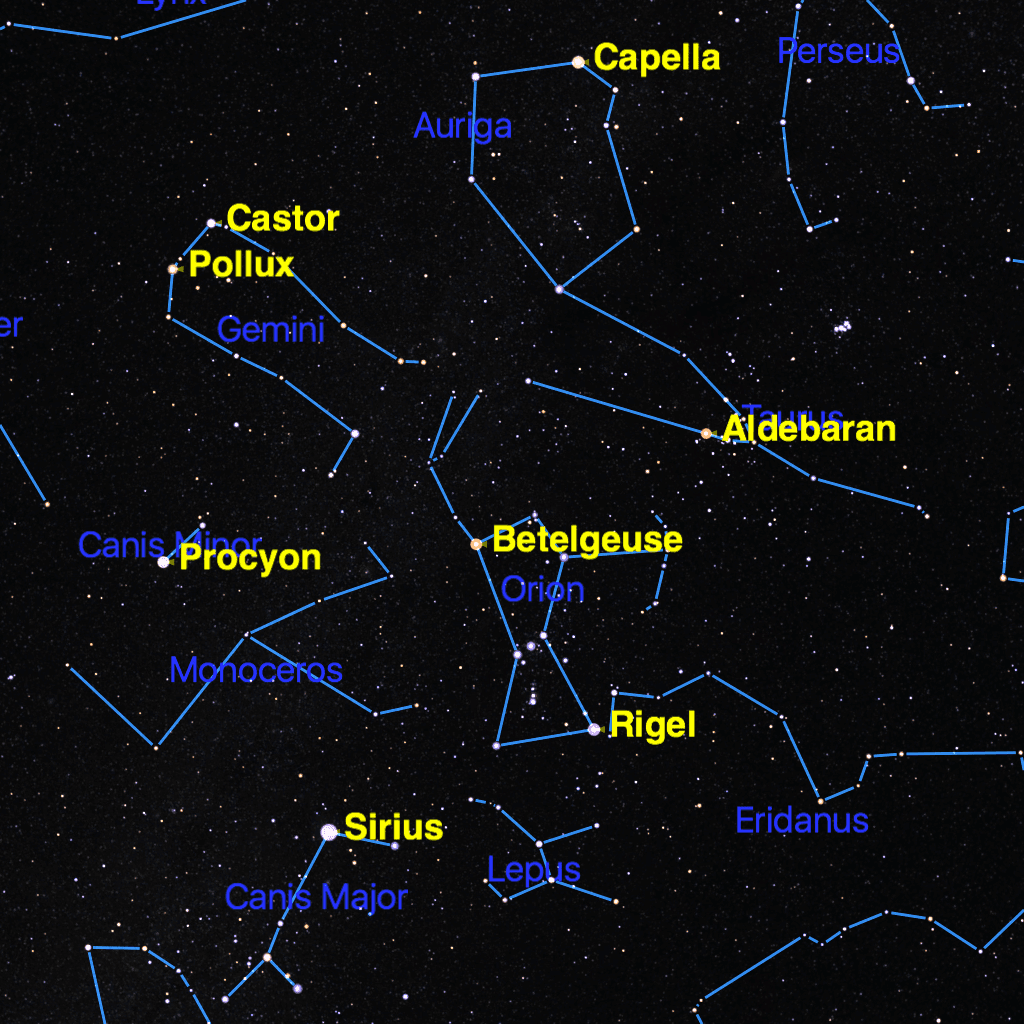Ever gaze upon the night sky and feel a sense of wonder? Two prominent star patterns, the Big Dipper and Orion’s Belt, serve as celestial landmarks, easily recognizable and steeped in rich mythology. This article will guide you in locating them, explore their cultural significance, and reveal fascinating facts about these captivating asterisms.
The Big Dipper: A Celestial Guidepost
What is the Big Dipper?
The Big Dipper, an asterism within the constellation Ursa Major (The Great Bear), isn’t a constellation itself but a distinct pattern of seven bright stars resembling a ladle or plow. Its prominence in the Northern Hemisphere sky has made it a navigational tool for centuries. Two of its stars, Dubhe and Merak, act as “pointer stars,” guiding your gaze towards Polaris, the North Star. This makes the Big Dipper a crucial tool for celestial navigation. Dive into the fascinating world of the vibrant adelfa nerium oleander.
Locating the Big Dipper
Finding the Big Dipper is generally easy in the Northern Hemisphere, where it’s circumpolar, meaning it’s visible year-round. Simply scan the northern sky for its distinctive dipper shape. Its visibility may vary depending on the time of year and your specific location.
Myths and Legends
Cultures worldwide have woven captivating narratives around the Big Dipper. Some see a bear, others a plow, and still others a drinking gourd. These varied interpretations reflect the human tendency to project meaning onto the celestial canvas.
Orion’s Belt: The Hunter’s Mark
What is Orion’s Belt?
Orion’s Belt, another asterism, lies within the constellation Orion (The Hunter). This striking trio of stars—Alnitak, Alnilam, and Mintaka—forms a nearly perfect straight line. Visible from both hemispheres, it’s most prominent during winter in the Northern Hemisphere and summer in the Southern Hemisphere. Explore the captivating diversity of bromeliad plant types.
Locating Orion’s Belt
Look for three bright stars aligned in a row, like a celestial belt buckle, during the appropriate season. Once you’ve found the belt, you can explore the rest of the Orion constellation, including the bright stars Betelgeuse and Rigel.
Myths and Legends
Orion, the mighty hunter of Greek mythology, lends his name and story to this constellation. The belt plays a central role in his celestial narrative, which often involves dramatic encounters with other mythological figures.
Big Dipper vs. Orion’s Belt: Key Differences
| Feature | Big Dipper | Orion’s Belt |
|---|---|---|
| Type | Asterism | Asterism |
| Constellation | Ursa Major (The Great Bear) | Orion (The Hunter) |
| Best Viewed From | Northern Hemisphere (circumpolar) | Both Hemispheres (seasonal) |
| Helps Find | Polaris (The North Star) | Sirius, Procyon, and other stars |
Can You See Both at the Same Time?
Yes, it’s possible to see both the Big Dipper and Orion’s Belt simultaneously, but it depends on your location and the time of year. In the mid-northern latitudes, late winter and early spring evenings offer the best viewing opportunities. As Earth rotates and orbits the sun, the visibility of constellations changes, creating a celestial dance throughout the year.
Finding Orion’s Belt from the Big Dipper
While the Big Dipper doesn’t point directly to Orion’s Belt, it can be used as a starting point for celestial navigation. First, locate Polaris using the pointer stars of the Big Dipper. Then, turn around to face south. During winter months, Orion will be visible in the southern sky. Look for its hourglass shape and the distinct three-star alignment of its belt.
Beyond the Basics
Asterisms and Constellations
It’s important to distinguish between asterisms and constellations. Asterisms are recognizable star patterns, while constellations are formally defined areas of the celestial sphere. Both the Big Dipper and Orion’s Belt are asterisms within larger constellations.
Ongoing Research
Astronomers continue to study the stars within these asterisms, refining our understanding of their distances, properties, and evolution. Current research suggests that some stars in Orion, for example, are relatively young, offering insights into star formation processes.
Light Pollution
Light pollution from urban areas can hinder your ability to see these celestial wonders. Venturing to darker locations will significantly improve your viewing experience.
Exploring the Universe
The Big Dipper and Orion’s Belt serve as gateways to exploring the vastness of the night sky. They offer not only visual beauty but also connections to human history, mythology, and ongoing scientific discovery. By learning to recognize these celestial landmarks, you can embark on a journey of cosmic exploration and unlock the secrets of the universe.











